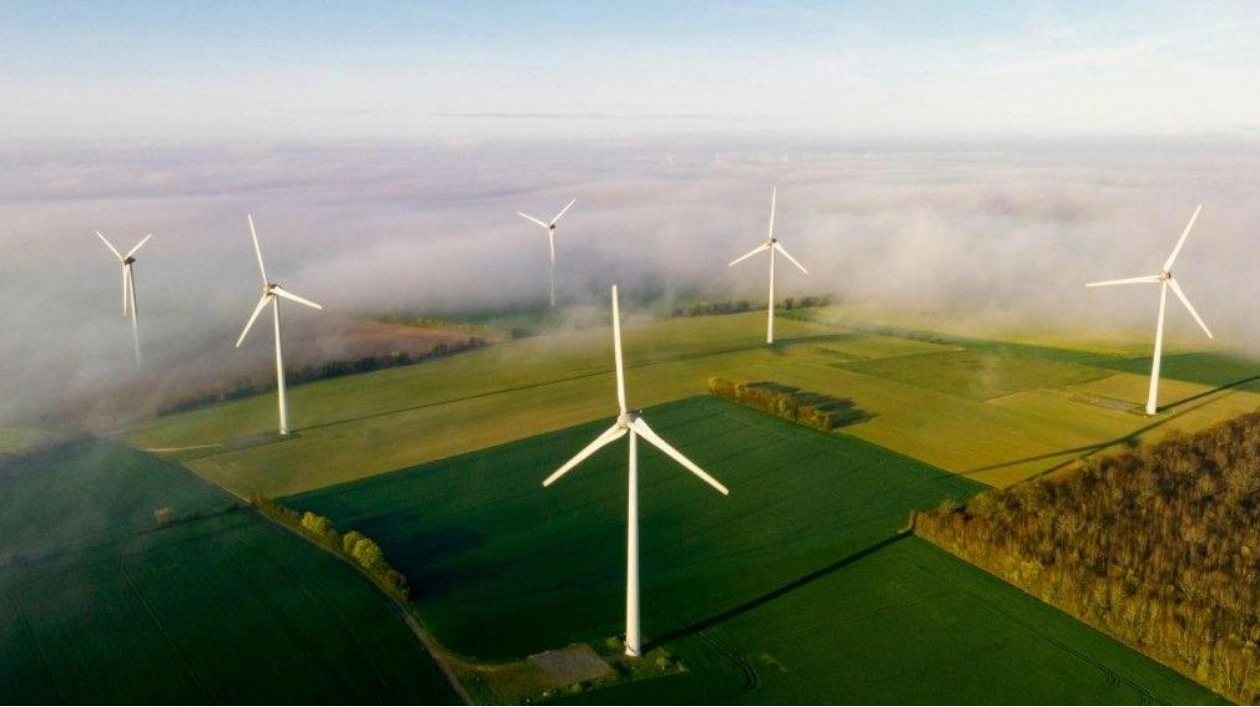The concept of wind ownership is gaining traction. Emilia Groupp, an unpaid intern at an energy company in England, spent two years developing wind maps for renewable energy projects. Her colleagues often dismissed the idea of utilizing wind from neighboring countries, with comments like, “We don’t want French wind,” Groupp recalls. As an anthropologist of energy at Stanford University, Groupp has coined the term “ventography” to describe this politicization of wind in her study published on September 18 in Environment and Planning D: Society and Space.
Groupp notes that people generally view wind as an “elusive force that cannot be bound or owned.” However, nations are increasingly adopting historical frameworks to claim ownership over wind resources. For years, laws and policies have allowed countries to extend their territorial claims offshore and underground for oil and gas extraction. Now, some nations are applying similar strategies to assert control over wind resources.
“Oil has shaped the idea of the nation state as going downward, into the subsoil, not stopping at just the top,” Groupp explains. “Now we are going up.” If wind can be owned, it can also be stolen. Wind theft happens when a nation constructs a wind farm upwind of an existing one, often offshore, which can reduce wind speeds and power generation at the older turbines.
Countries are now vying for control over wind resources by creating detailed maps that use satellite data to “forensically trace wind currents.” Greece and Turkey, as well as countries around the South China Sea, have produced competing wind maps. Groupp is also investigating the politicization of solar power, though she has not yet coined a term for solar ownership.






